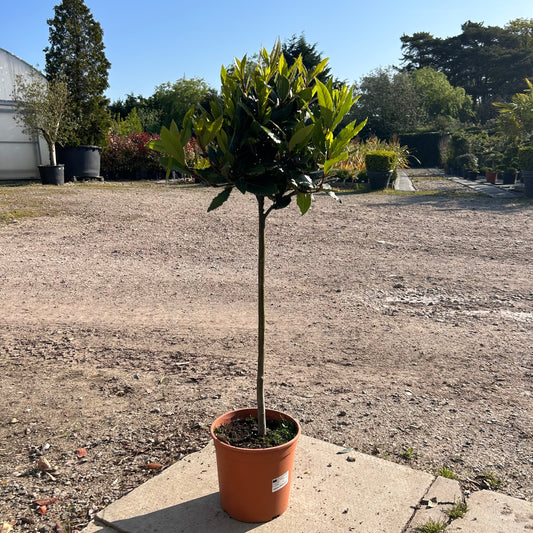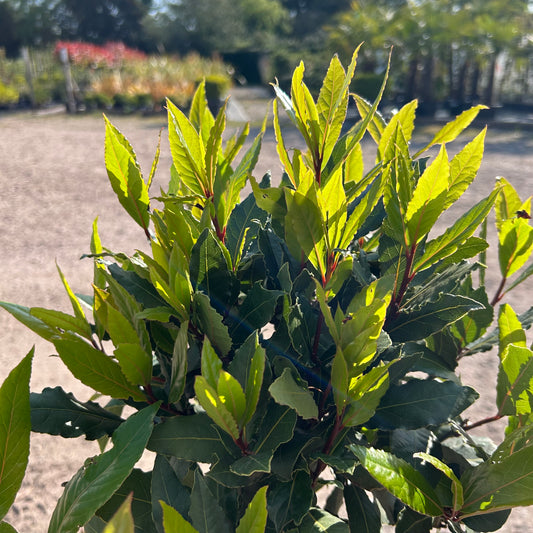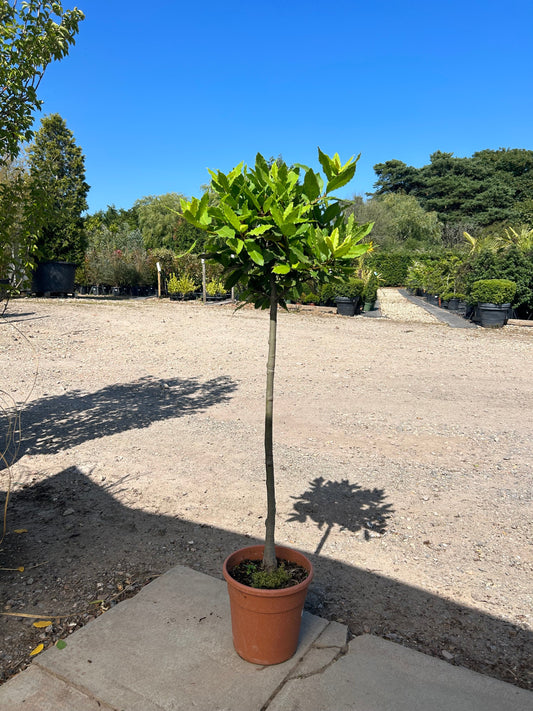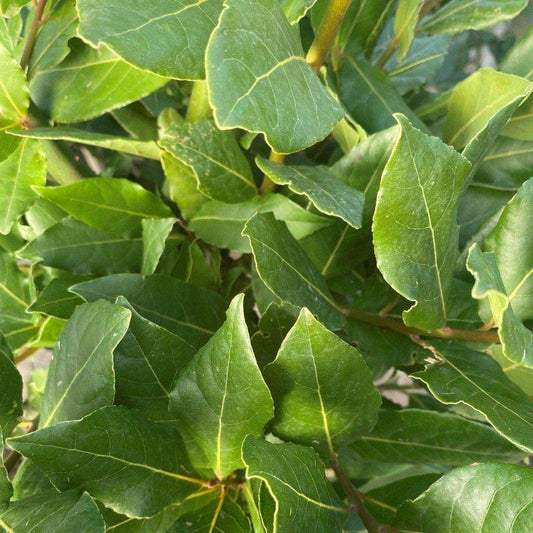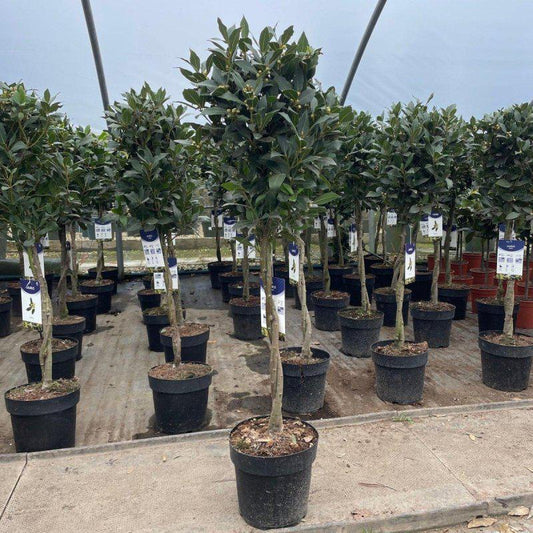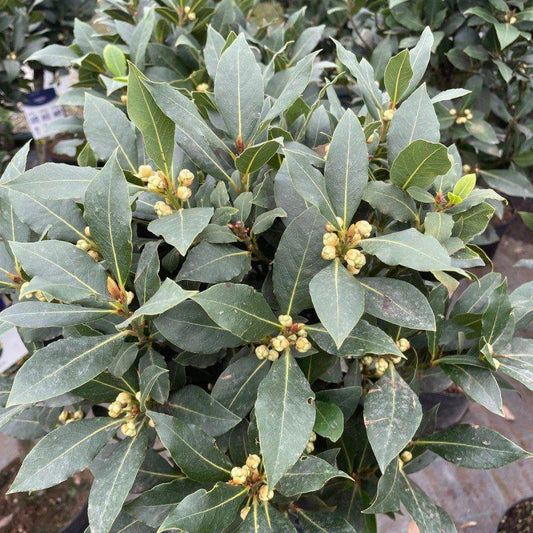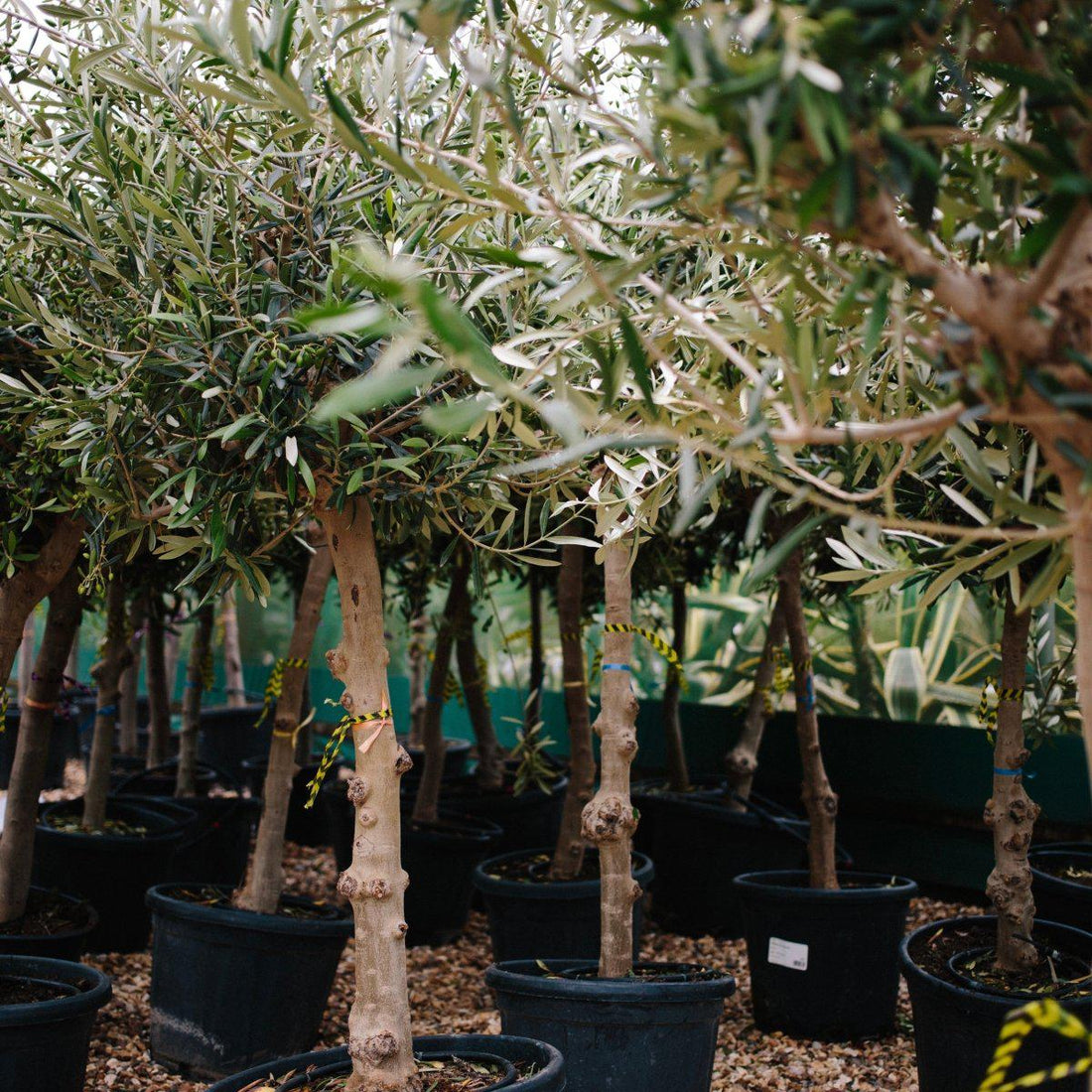Inside this Article:
Proper pruning is essential for maintaining the health, productivity, and appearance of olive trees. In this comprehensive guide, we'll delve into the art and science of pruning olive trees, covering techniques to encourage robust growth, maximize fruit production, and achieve an aesthetically pleasing shape. Whether you're a novice or experienced gardener, mastering these pruning techniques will help you cultivate healthy, thriving olive trees in your garden or orchard.
Understanding Olive Tree Pruning
Pruning olive trees is both an art and a science, requiring careful consideration of the tree's growth habits, fruiting patterns, and overall health. Here are some key principles to keep in mind when pruning olive trees:
Promoting Air Circulation
Proper pruning opens up the canopy of the olive tree, allowing for better air circulation and light penetration. This helps reduce the risk of fungal diseases and promotes healthy growth throughout the tree.
Encouraging Fruit Production
Strategic pruning can stimulate fruit production by redirecting the tree's energy towards fruit-bearing branches. Removing excess growth and thinning out crowded branches allows the tree to focus its resources on developing and ripening fruit.
Shaping the Tree
Pruning is also essential for shaping the olive tree and maintaining an attractive, symmetrical appearance. By selectively removing branches and training the tree's growth, you can create a well-balanced canopy that enhances the overall aesthetic appeal of the tree.
Timing of Pruning
While olive trees can be pruned throughout the year, the best time to prune is during the dormant season, typically in late winter or early spring. Pruning during this time minimizes stress on the tree and allows for optimal healing of pruning wounds.
Essential Pruning Techniques
Now let's explore some essential pruning techniques for olive trees:
Thinning
Thinning involves selectively removing excess branches and foliage to improve air circulation and light penetration within the canopy. Use sharp, clean pruning shears to make clean cuts close to the branch collar, avoiding unnecessary damage to the tree.
Heading Back
Heading back is the process of shortening branches to stimulate new growth and encourage branching. This technique is often used to rejuvenate older trees or control the size of the tree. Make cuts just above outward-facing buds or lateral branches to promote balanced growth.
Removing Suckers
Suckers are vigorous, upright shoots that emerge from the base of the tree or along the trunk. These shoots can compete with the main canopy for resources and should be promptly removed to maintain the tree's shape and vitality.
Deadwood Removal
Dead or diseased wood should be pruned away to prevent the spread of disease and improve overall tree health. Look for branches with brittle or discolored wood and remove them back to healthy tissue using pruning shears or a pruning saw.
Crown Thinning
Crown thinning involves selectively removing branches from the inner canopy to reduce density and improve air circulation. This technique helps prevent the development of fungal diseases and promotes uniform fruit ripening throughout the tree.
Tips for Successful Pruning
Here are some additional tips to ensure successful pruning of olive trees:
- Use Sharp Tools: Sharp, clean pruning tools make clean cuts that heal more quickly and reduce the risk of disease transmission.
- Prune Conservatively: Avoid over-pruning, as this can stress the tree and inhibit fruit production. Instead, focus on selective pruning to achieve your desired results.
- Step Back and Assess: Periodically step back and assess the overall shape and structure of the tree as you prune. This will help you achieve a balanced, aesthetically pleasing result.
- Monitor for Regrowth: Keep an eye on pruned branches for signs of regrowth, especially during the growing season. Promptly remove any unwanted shoots to maintain the desired shape of the tree.
- See our article on how to check for Olive tree Disease
Frequently Asked Questions (FAQs)
-
When is the best time to prune olive trees? The best time to prune olive trees is during the dormant season, typically in late winter or early spring. Pruning during this time minimizes stress on the tree and promotes optimal healing of pruning wounds.
-
How much should I prune my olive tree? Pruning intensity depends on the age, size, and health of the olive tree. As a general rule, aim to remove no more than 20-30% of the tree's canopy each year to avoid excessive stress.
-
Can I prune olive trees in the summer? While olive trees can be pruned throughout the year, it's best to avoid heavy pruning during the summer months when the tree is actively growing. Summer pruning can stimulate new growth that may be susceptible to sunburn or frost damage.
-
What should I do if I accidentally over-prune my olive tree? If you accidentally over-prune your olive tree, monitor its growth closely and avoid further pruning until the following year. Provide adequate water and fertilizer to help the tree recover from the pruning stress.
-
How can I rejuvenate an old olive tree through pruning? To rejuvenate an old olive tree, selectively remove dead or diseased wood, thin out crowded branches, and encourage new growth through heading back and pruning to outward-facing buds. Gradually reshape the canopy over several years to avoid excessive stress.
-
Can I prune olive trees to control their size? Yes, olive trees can be pruned to control their size and shape. Regular pruning can help maintain a manageable size and prevent the tree from becoming overly dense or unruly.
-
Is it necessary to seal pruning wounds on olive trees? No, it's generally not necessary to seal pruning wounds on olive trees. Olive trees have a natural ability to compartmentalize wounds and heal over time without the need for additional sealants.
-
Can pruning olive trees improve fruit production? Yes, strategic pruning can stimulate fruit production by redirecting the tree's energy towards fruit-bearing branches. Removing excess growth and thinning out crowded branches allows the tree to focus its resources on developing and ripening fruit.
-
What tools do I need for pruning olive trees? Essential tools for pruning olive trees include sharp pruning shears, a pruning saw for thicker branches, and loppers for larger cuts. It's also helpful to have a ladder or pole pruner for reaching high branches.
-
How long does it take for pruned olive trees to produce fruit? The time it takes for pruned olive trees to produce fruit depends on various factors, including the tree's age, health, and growing conditions. In general, you can expect to see fruit production resume within a few seasons after pruning.


